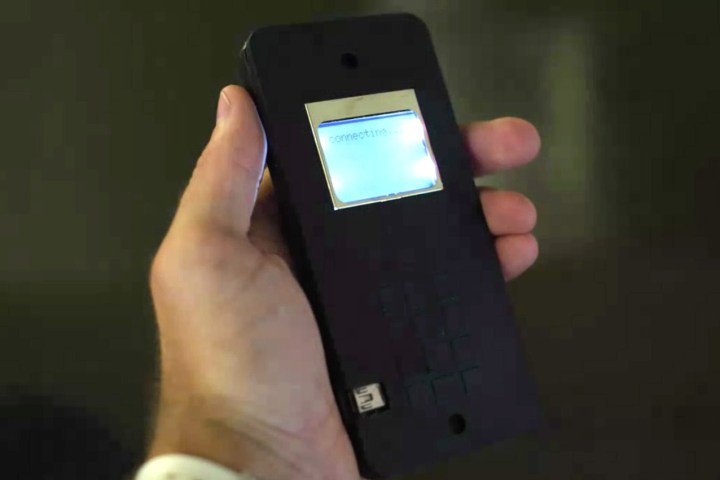
So how does the phone assemble itself? It’s actually pretty simple. The phone comes in six parts, and requires a tumbler and a little programming to be put together properly. Basically the parts are placed in the tumbler and then shaken around at the perfect speed until they lock together, a process that can less than a minute.
The whole process is similar to how proteins work together when they’re forming cells — and that’s the whole point. the MIT Self-Assembly Lab is trying to take what we’ve learned about things like atoms, cells, and planets, and apply those concepts to things that we humans create. The idea is that self-assembling phones may actually end up being a lot cheaper and easier to make than the phones we use today. In fact, this process could be a lot easier than the automated assembly techniques being used today.
Of course, there is some worry about parts getting banged up in the process, however the team behind the self-assembling phones says that they’ve lined the tumbler with foam to help prevent that, and they’re working on even better solutions.
The most exciting aspect of the new concept, however, is design. Right now phones are built using pre-determined parts, but imagine if you could take different parts, throw them in a tumbler for a minute or so, and then have a phone. Or, you could take a bunch of parts from Google’s Project Ara and have a number of different phones emerge at the end.



